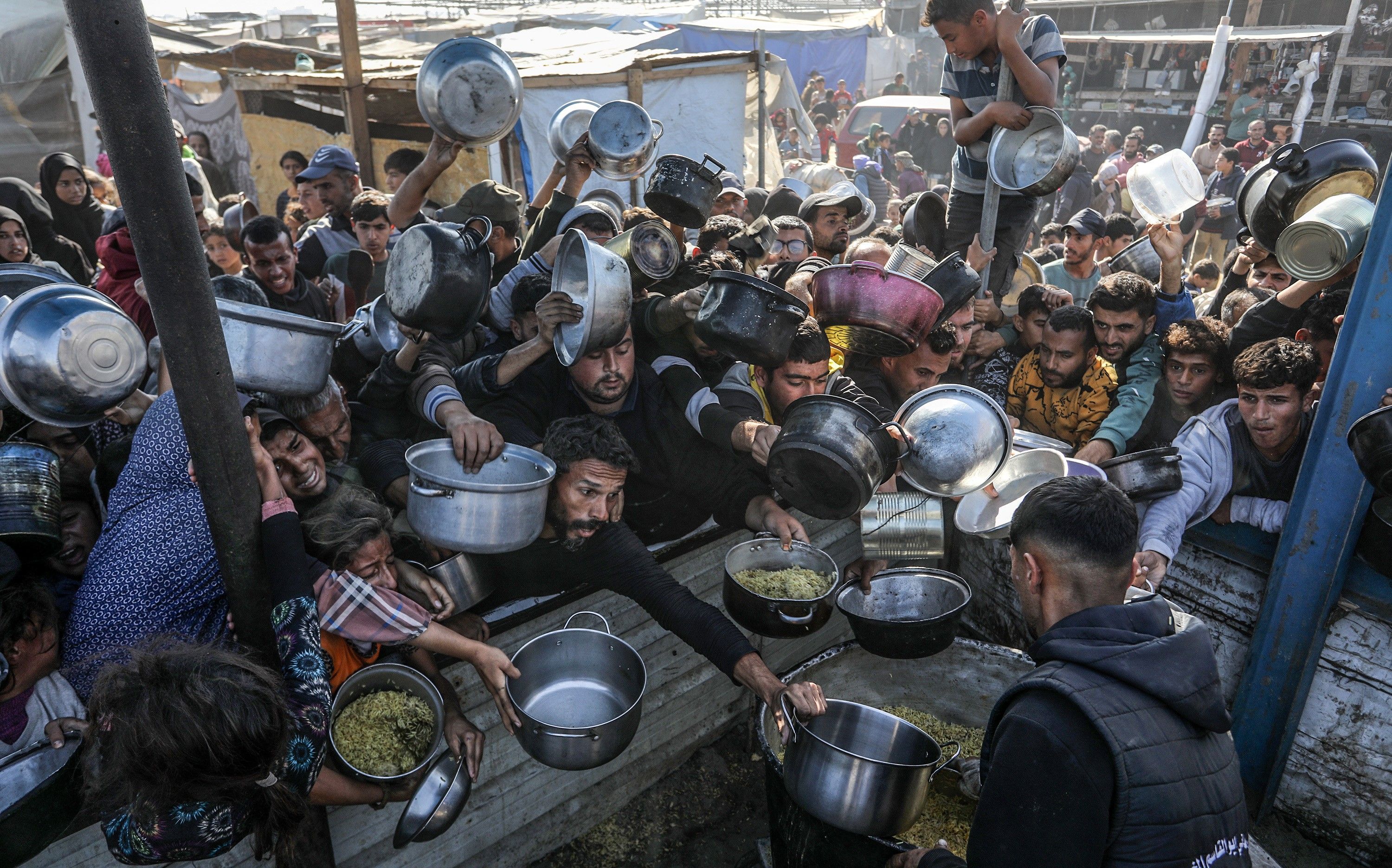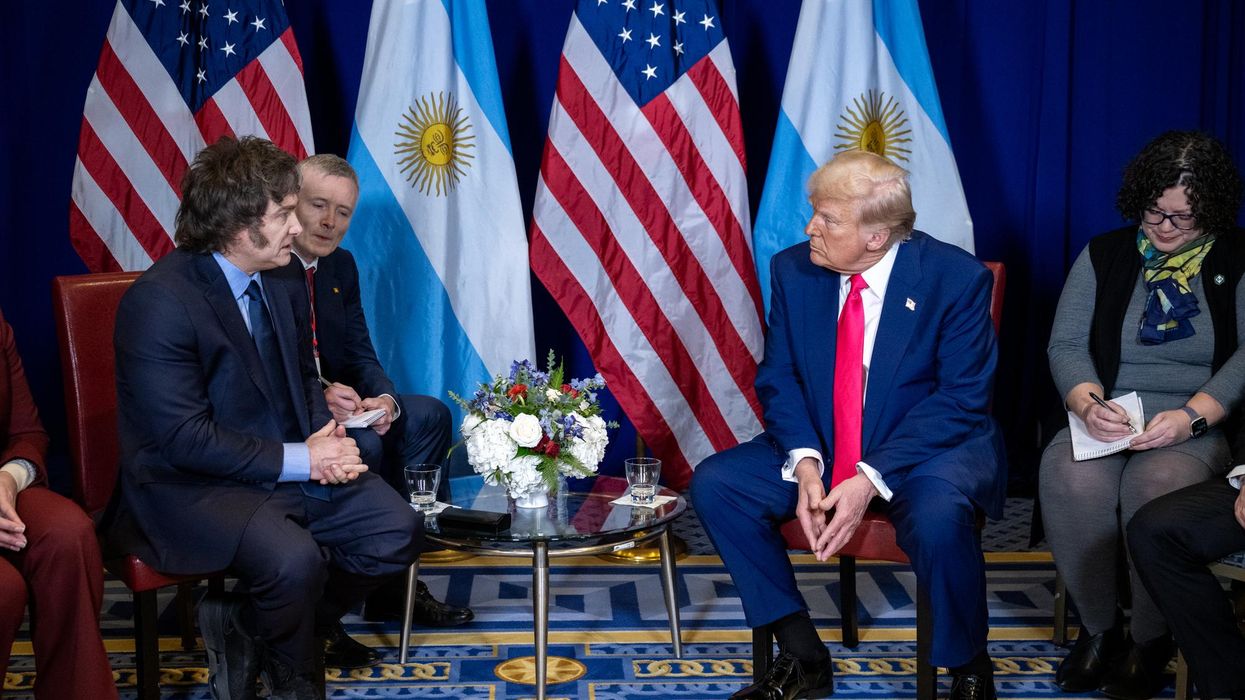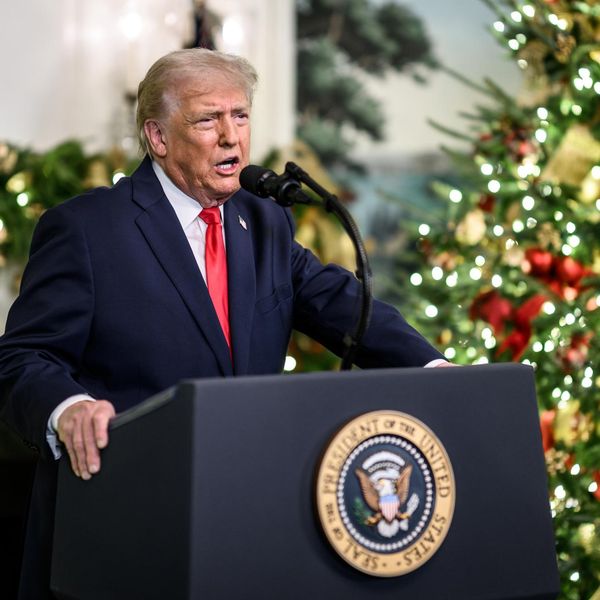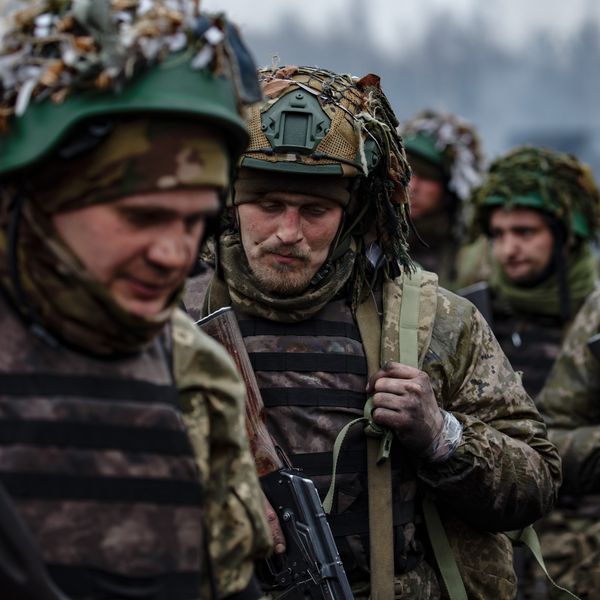After temporarily vanishing from the news cycle, humanitarian assistance to Gaza is back in the spotlight.
The Biden administration drew attention to the subject in mid-October when it issued demands for Israel to improve humanitarian access, and again in mid-November when it chose not to hold Israel accountable after it failed to meet any of those demands. Late last month, the International Criminal Court (ICC) issued arrest warrants for Israeli Prime Minister Benjamin Netanyahu and former military chief Yoav Gallant for the war crime of starvation as a method of warfare, among other charges.
Their conduct, according to the ICC, “led to the disruption of the ability of humanitarian organisations to provide food and other essential goods to the population in need in Gaza.” This month, Amnesty International concluded that Israel is committing genocide in Gaza, citing Israel's obstruction of humanitarian aid as evidence that it is "deliberately inflicting on Palestinians in Gaza conditions of life calculated to bring about their physical destruction," one of three genocidal acts Amnesty documented Israel committing in its report.
In addition to slandering the international justice and human rights organizations, Israeli authorities denied the accusations that Israel is obstructing humanitarian assistance to Gaza. As evidence, they boast impressive-sounding figures from Coordination of Government Activities in the Territories (COGAT) — the Israeli military (IDF) unit overseeing all humanitarian operations in the besieged enclave — and flaunt state-sponsored media depicting a seeming abundance of aid in Gaza, waiting to be delivered.
Ironically, these boasts from Israeli officials are in fact admissions of war crimes. Israel’s intent with these social media posts is to be exonerated in the court of public opinion — and perhaps international courts as well — but it’s effectively acting like its own star witness.
Israel's own data says it's blocking aid
“Israel…does not impose any restrictions on the quantity of aid entering the [Gaza] Strip,” claimed Spokesperson of the Israeli Ministry of Foreign Affairs, Oren Marmorstein, on December 3. Israel’s own data says otherwise.
Facing international backlash after it killed World Central Kitchen workers, the IDF announced new humanitarian measures in April 2024, pledging that we should expect to see “the daily average of trucks of food, water, medicine and shelter supplies going into Gaza to go up…to around 500 per day.” This falls well short of the 600 daily aid truck quota that USAID assessed is needed to avert famine in Gaza, but still a welcome improvement considering the average daily ingress of trucks into Gaza to that point (January–March 2024) had been a measly 153, according to my analysis of data from the IDF’s COGAT unit.
The daily average since then has been 152 trucks per day.
My analysis of IDF/COGAT data also shows that incoming aid reached a low point over the last two months, as the graph below indicates. Israel let in just 1,789 trucks into Gaza in October and 2,670 in November — the lowest and second-lowest monthly amounts in 2024, respectively. That works out to be 58 trucks per day in October and 89 in November.
What explains this shortfall in aid? It’s not a supply problem — on a given day, there are several hundred to several thousand aid trucks awaiting Israel’s permission to enter Gaza. Israel’s Government Press Office recently posted that 900 aid trucks were idling outside one crossing alone.
Declining relief can’t be attributed to demand, either, because humanitarian needs in Gaza are higher than ever. Rather, there was a dramatic shortfall in aid because Israel has apparently decided there should be one, which violates international law. Article 8(2)(b)(xxv) of the 1998 Statute of the International Criminal Court says “intentionally using starvation of civilians as a method of warfare by depriving them of objects indispensable to their survival, including willfully impeding relief supplies as provided for under the Geneva Conventions” is a war crime.

Self-incrimination
Israel tacitly admits to willfully impeding humanitarian aid on social media. In an apparent bid to reject the charges that it’s obstructing food and other relief to Gaza, Israeli government-run accounts post regular updates on its humanitarian activities. A typical post includes the quantity of incoming aid on a given day and a photo showing an apparent abundance of aid in Gaza. As a few recent examples, I included posts from several Israeli government-run X accounts, including for the state of Israel (@Israel), Israel’s foreign ministry (@IsraelMFA), Israel’s U.S. Embassy (@IsraelinUSA), and the Israeli military’s COGAT unit (@cogatonline).
The irony is by publishing this promotional content, Israel admits to obstructing humanitarian aid on a near-daily basis. First, by highlighting a daily incoming truck count several times lower than what humanitarian needs demand. Second, by providing visual evidence that it’s artificially inflating its aid totals by counting half-full trucks as full truckloads — IDF/COGAT typically limit humanitarian trucks to 50 percent capacity, purportedly for security reasons.
(IDF/COGAT also inflates its aid figures by including commercial cargo as humanitarian aid, even though the former is prohibitively expensive for most people in Gaza and only the latter is geared toward humanitarian needs.)

(Source: https://x.com/Israel/status/1866503989690245379)

(Source: https://x.com/IsraelMFA/status/1866079250484277462)

(Source: https://x.com/IsraelinUSA/status/1864320307672014916)

(Source: https://x.com/cogatonline/status/1861293306648404163)
Israeli authorities’ self-incrimination doesn’t end there. For example, below are a couple of recent posts from IDF international spokesperson Nadav Shoshani. In both, he shares video of aid awaiting pickup at Israeli border checkpoints to argue that humanitarian groups, not Israel, are responsible for a lack of aid reaching Palestinians in need. “Israel has done its part, it’s time the international organization [sic] do theirs [sic],” Shoshani wrote in a November post.
In each of his attacks on U.N. officials and aid agencies, Shoshani unwittingly admits that Israel is in violation of its legal obligations under international law. The Fourth Geneva Convention requires that the occupying power ensure that food and medical supplies reach the population in need. Article 55 of the Convention says:
To the fullest extent of the means available to it, the Occupying Power has the duty of ensuring the food and medical supplies of the population; it should, in particular, bring in the necessary foodstuffs, medical stores and other articles if the resources of the occupied territory are inadequate.
Crucially, international law demands more of the occupying power than merely acquiescing to humanitarian aid entering the territory it occupies — it must ensure that the aid actually gets delivered. Article 59 of the Convention states:
If the whole or part of the population of an occupied territory is inadequately supplied, the Occupying Power shall agree to relief schemes on behalf of the said population, and shall facilitate them by all the means at its disposal.
The International Committee of the Red Cross’ authoritative commentary on the laws of war clarifies that the Fourth Geneva Convention “not only lays down that the occupying power must ‘agree’ to relief schemes on behalf of the population, but…must cooperate wholeheartedly in the rapid and scrupulous execution” of relief operations. Israel is a signatory to this Convention.

(Source: https://x.com/LTC_Shoshani/status/1864208327653167219)

(Source: https://x.com/LTC_Shoshani/status/1862139682026397798)
Israel is doing the opposite of ensuring aid can be delivered to Palestinians in need. For example, a U.N. memo recently obtained by the Washington Post concluded that the armed gangs looting aid convoys could be “benefiting from a passive if not active benevolence” and “protection” from Israel’s military, and that a gang leader had a military-like compound in an area “restricted, controlled and patrolled” by the Israeli military.
The gangs operate in areas under Israeli control, often within eyeshot of Israeli forces. When convoys are looted, Israeli forces watch and do nothing, even when aid workers request assistance. Israeli forces refer to one area about a kilometer from its Kerem Shalom border checkpoint as “the looting zone.” The IDF-designated looting zone might be the only place in Gaza that Israeli forces won’t shoot an armed Palestinian.
Additionally, Israeli forces frequently take it upon themselves to attack aid workers. In a previous article for Responsible Statecraft, I list 14 instances in which humanitarian organizations were attacked by Israeli forces after sharing their coordinates with the IDF. Israel deploys more passive strategies to obstruct humanitarian assistance as well. Here is one example I discussed in a recent report for Security in Context:
Because Israeli forces have cut off northern Gaza from the south, any humanitarian movements that must travel between those two areas must pass through an IDF checkpoint. The IDF has two checkpoints between the north and south, but it refuses to operate more than one at a time. This means that all humanitarian missions — responding to massive humanitarian demands in Gaza — must use the same checkpoint, resulting in bottlenecks that prevent delivery of urgently needed assistance. When an IDF checkpoint gate broke in late September, Israeli forces did not open the other checkpoint. As a result, various humanitarian teams were stranded in the north for 13 nights before they were able to cross back to the south. These delays disrupt essential missions, eat up scarce resources, and make personnel and transport unavailable for other aid missions.
Conclusion
Not unlike the Biden administration, the Israeli government believes it is entitled to violate international law, but desperately wants to avoid being seen as the type of country that violates international law. Embracing this sort of hypocrisy is a recipe for self-incrimination, as Israel’s government-run social media accounts frequently demonstrate.
- Washington is not telling truth about the Gaza pier ›
- Deadline: US says Israel failing in aid efforts. What happens now? ›
- Samantha Power: Israel is chief impediment to Gaza aid ›
- Is Israel intentionally attacking aid workers? ›
- Democrats to admin: Use your tools to get aid into Gaza now | Responsible Statecraft ›
- Meet the Israeli-backed gangs that threaten to spoil Gaza ceasefire | Responsible Statecraft ›
















